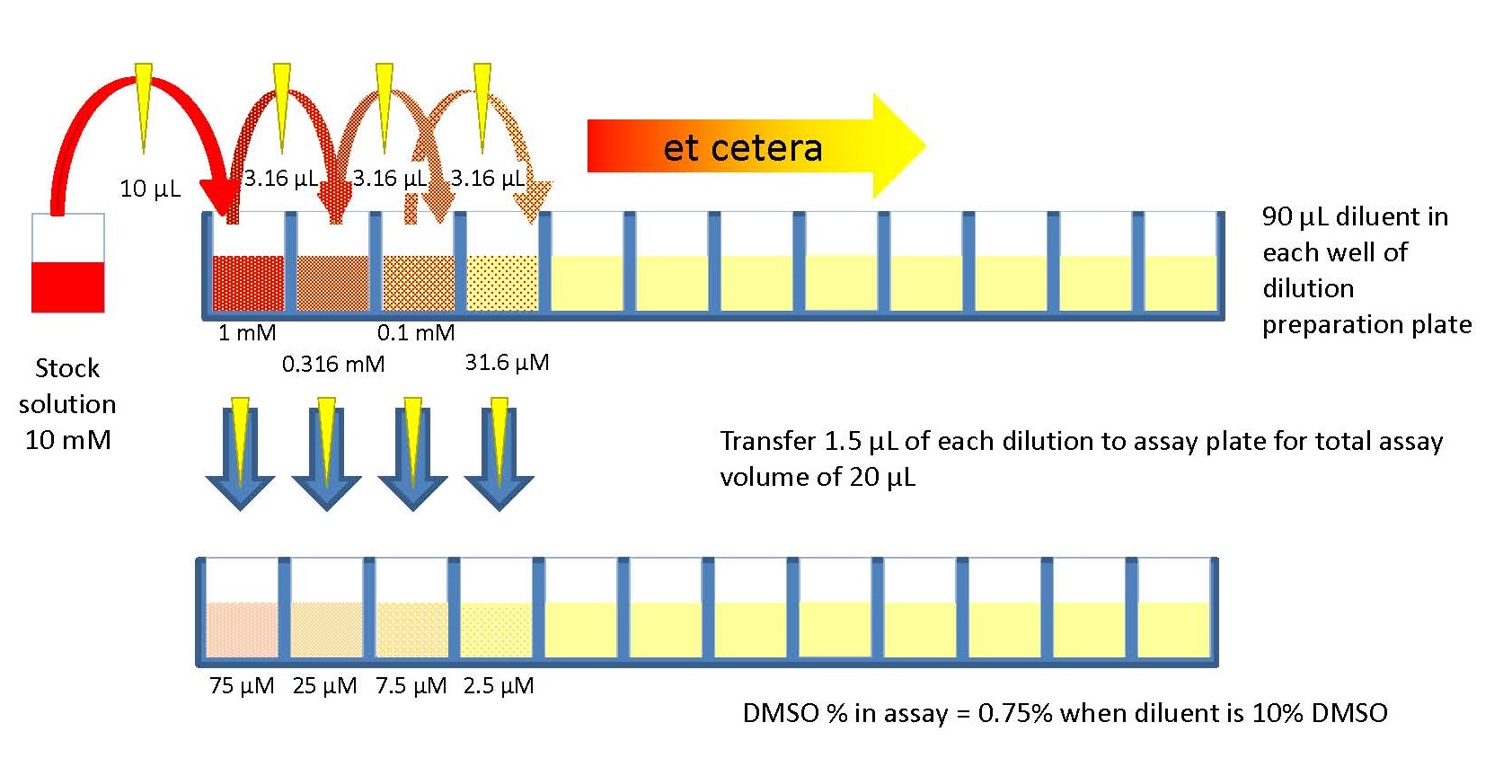Serial Vs Parallel Dilution Method In Bod
пятница 02 ноября admin 7
Serial Vs Parallel Dilution Method In Bod Rating: 3,6/5 4392 votes
Feb 18, 2018 - Critical Analysis of Computing Equations for Determination of BOD. Biochemical oxygen demand; Dilution. To improve the reliability of the. Serial Vs Parallel Dilution Method. L of dilution liquid in the tube 1: 1. Thoroughly mix tube 1: 1. Again, mix the tube 1: 1. The solution from test tube 1: 1. Extend this procedure to perform longer serial dilutions. This process may be repeated as many times as necessary to achieve the desired solution.
HIAC just got easier! Built on the foundation of the world’s best selling liquid particle counter, the new HIAC 9703+ provides user-friendly features that save valuable operator time. 12 korolevstv kniga 1. Key Features: • Use less sample – industry’s smallest tare volume • Enjoy more walk away time – automated cleaning routines • Preconfigured compendial test recipes for injectable drugs, ophthalmic solutions and inhalants • Bubble and sensor contamination alarms eliminate uncertainty from data anomalies Preconfigured Compendial Test Recipes: • USP • USP • KP • EP • JP • Inhalents With comprehensive local and on-site programs providing turn-key SOP and IQ/OQ validation services, customers can be assured that the HIAC instrument is ready-to-use straight out-of-the-box.
The instrument diagnostics will even notify the customer when new regulatory updates become available or the instrument is due for calibration or routine service. Sample Flow Rate 10 to 100 ml/min; Actual flow rate for the system is determined by the sensor’s flow rate with step-by-step instructions and Pass/Fail results. Tare Volumes for Probes 0.091 ml for 81 L X 1.2 ID mm (3.2 X 0.047 inches) 0.172 ml for 154 L X 1.2 ID mm (6.1 X 0.047 inches) 1.57 ml for 140 L X 6.35 ID mm (5.5 X 0.25 inches) - large bore Standard Sensors Range HRLD-150 1.3 µm to 150 µm HRLD-150JA 1.3 µm to 150 µm (chemical compatibility) HRLD-400 2 µm to 400 µm HRLD-600JS 2 µm to 600 µm (chemical compatibility).
Primary mechanism for heat loss during exercise ( roughly 80%) An increase in core body temperature causes an increase in sweat production from sweat glands. Heat is transferred to the environment as sweat on the skin is converted from a liquid to a vapor. ONLY lose heat from sweat that is vaporized not from sweat that drips off the body. Skin that is cooled off from evaporation transfers the loss of heat to blood flowing through the layer underneath the skin and ultimately to the core.
Sweat that is evaporated straight into the air from the skin produces the most heat loss. ( clothes may produce heat loss but not as much). In the cold substrate utilization shifts to a greater reliance on carbs Lower VO2 Max and higher metabolism represents a higher percentage of max capacity.Since carbs are preferred at higher intensities it leads to greater utilization of glycogen Prolonged endurance events the greater reliance on carbs will most likely lead to early onset fatigue Also, blood flow to the periphery is reduced which lowers oxygen levels in the muscle and the oxidative pathway. So higher levels of blood lactate are often seen during cold environment exercising.
